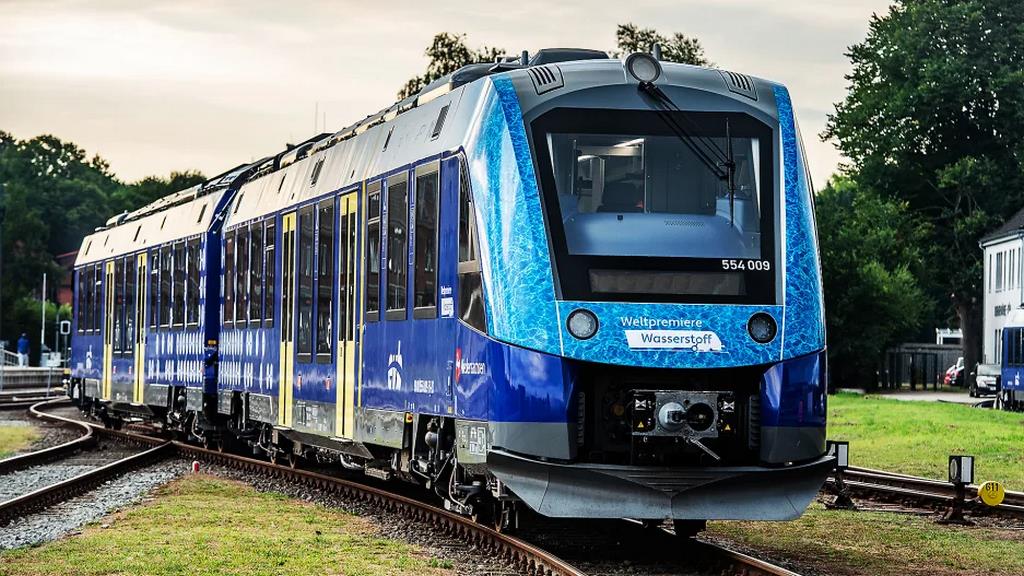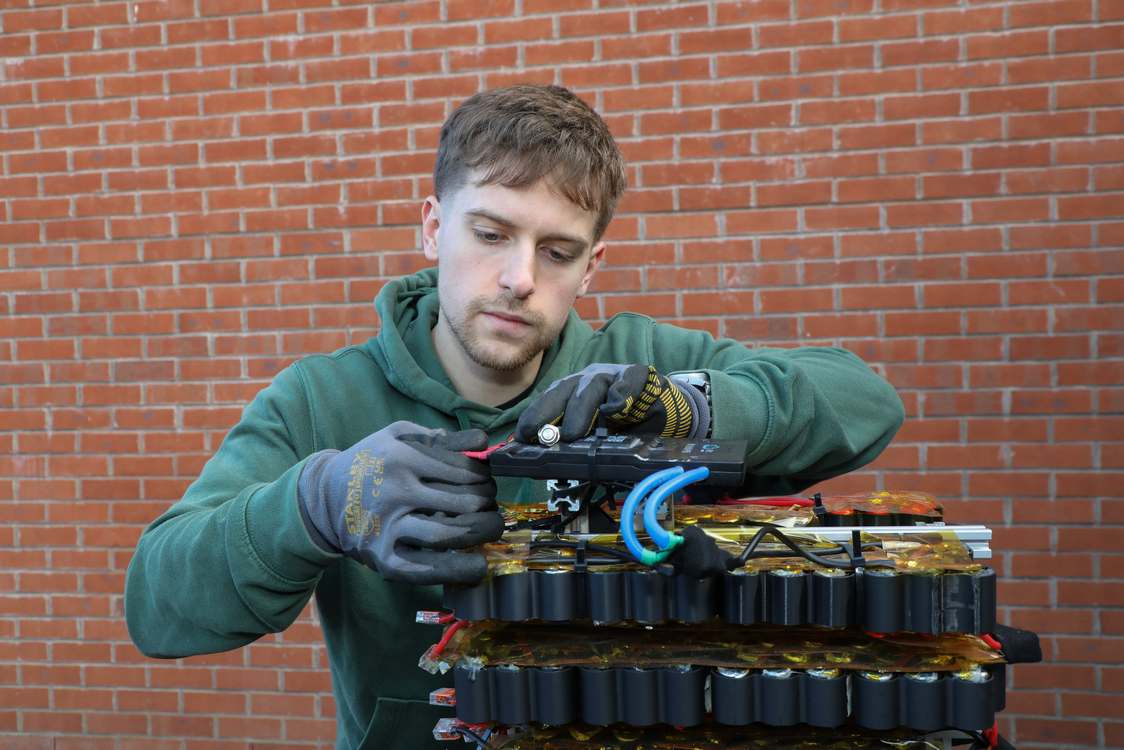
A regional train operator in Germany is becoming the first company to utilize 100% hydrogen fuel cell trains on their lines.
But if almost all train travel is electric now, and even those few diesel trains that still operate produce a mere third of the CO2 per passenger as a car, what’s the need for big investment into hydrogen in rail travel?
In Germany and the U.S., some regional lines still use diesel-powered locomotives, which expose passengers inside the cars and at the stations to more harmful air pollutants like nitrogen oxide, than standing near a busy intersection in a city.
Along with eliminating this health hazard, the higher emissions cost of a diesel locomotive moving at slower speeds on regional lines are averaged down in national emissions figures by electric powered ones, making the whole endeavor appear less than it actually is.
The new route, between the Lower Saxony towns of Cuxhaven, Bremerhaven, Bremervörde and Buxtehude, will use only hydrogen fuel cell trains from a French company Alstom, purchased by the German regional rail company LNVG.
Inside fuel cells, hydrogen stored on the roof of the train combines with oxygen to make power. When that hydrogen and oxygen combine, the only thing left is H2O.
Alstom’s model can go 1,000 kilometers, or 621 miles before it needs a refueling, which for these inter-small town services means no refill will be needed until service finishes at the end of the day.
“We will not buy any more diesel trains, in order to do even more to combat climate change,” Carmen Schwable, a spokesperson for LNVG, told Deutsche Welle (DW). “We [also] are convinced that diesel trains will no longer be economically viable in future.”
Alstom is reportedly in talks to bring some of these locomotives and carriages to American rail lines as well, as the States continue to use diesel locomotives based on the vast distances they travel compared to European routes, and the costly nature of electrifying railway lines.
WATCH The Train In Quiet Action From The Company…
BLOW The Horn On Social Media About This Blue-Green Mode Of Travel…




















Sounds interesting. Some questions – Where is the hydrogen coming from? Hydrogen is tremendously highly explosive (remember the Hindenburg?)? Does the hydrogen produce the same power ratios as diesel? how much water & where is it going?